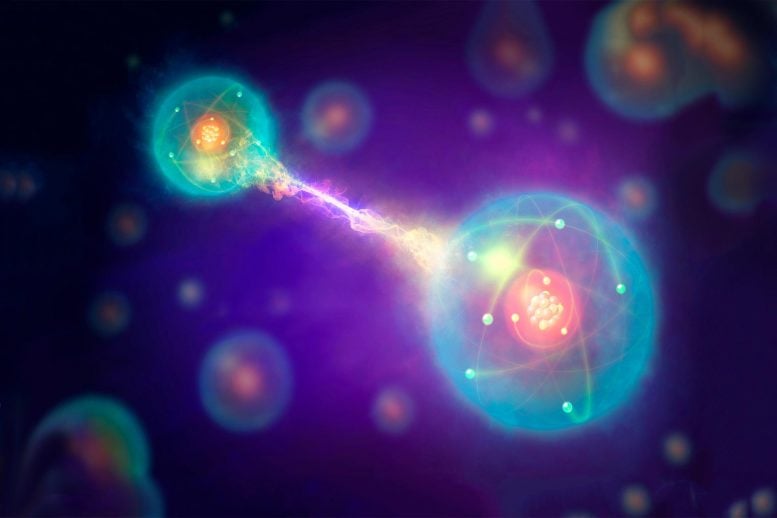
New research suggests an updated set of equations that allows physicists to easily check whether or not a non-Gaussian state is genuinely quantum.
Updated mathematical techniques that can distinguish between two types of ‘non-Gaussian curve’ could make it easier for researchers to study the nature of quantum entanglement.
Quantum entanglement is perhaps one of the most intriguing phenomena known to physics. It describes how the fates of multiple particles can become entwined, even when separated by vast distances. Importantly, the probability distributions needed to define the quantum states of these particles deviate from the bell-shaped, or ‘Gaussian’ curves which underly many natural processes. Non-Gaussian curves don’t apply to quantum systems alone, however. They can also be composed of mixtures of regular Gaussian curves, producing difficulties for physicists studying quantum entanglement. In new research published in EPJ D, Shao-Hua Xiang and colleagues at Huaihua University in China propose a solution to this problem. They suggest an updated set of equations that allows physicists to easily check whether or not a non-Gaussian state is genuinely quantum.
As physicists make more discoveries about the nature of quantum entanglement, they are rapidly making progress toward advanced applications in the fields of quantum communication and computation. The approach taken in this study could prove to speed up the pace of these advances. Xiang and colleagues acknowledge that while all previous efforts to distinguish between both types of non-Gaussian curve have had some success, their choices of Gaussian curves as a starting point have so far meant that no one approach has yet proven to be completely effective. Based on the argument that there can’t be any truly reliable Gaussian reference for any genuinely quantum non-Gaussian state, the researchers present a new theoretical framework.
In their approach, Xiang’s team encoded non-Gaussian characteristics into the mathematics of ‘Wigner’ distribution functions, which are related to the probability distributions of quantum particles. Their updated equations removed many of the complications typically involved with determining non-Gaussian curves from Gaussian reference points; greatly simplifying the calculations involved. If their techniques become widely accepted, they could enable researchers to more effectively study and exploit one of the most mysterious phenomena known to physics.
Reference: “A method for efficiently estimating non-Gaussianity of continuous-variable quantum states” by Shao-Hua Xiang, Yu-Jing Zhao, Cheng Xiang, Wei Wen and Xue-Wen Long, 10 November 2019, European Physical Journal D.
DOI: 10.1140/epjd/e2019-100421-6

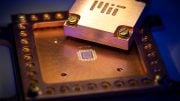
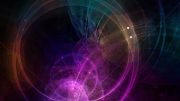
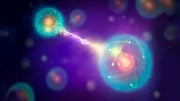
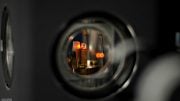
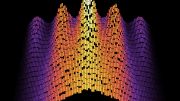
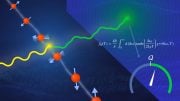

Breakthrough math technique has been proposed, but I didn’t see anything about review.
There has to be rigorous testing of any math processes.
How many cases has this technique been useful in solving?
Does the technique have ‘blind-spots’, do certain ranges of values break the math?
Math techniques are tools in a growing toolbox, but not enough may be know about corner-cases to call this a breakthrough, more like a step along the way.
This kind of work is exciting, but the hype makes it hard to do winnowing.
How do you make quantum entanglement happen? How do you know it can happen over distances so great you can never travel there and look? Quantum particles are pretty small. Aren’t they kind of hard to find to see if one particle is entangled with another? How do you know where to look?
its very weird and interesting on the other hand unreal. what is the connection between particles? how connections is established? does entanglement apply to all matter or just certain particles? one of the answer would open billions and billions of new questions.